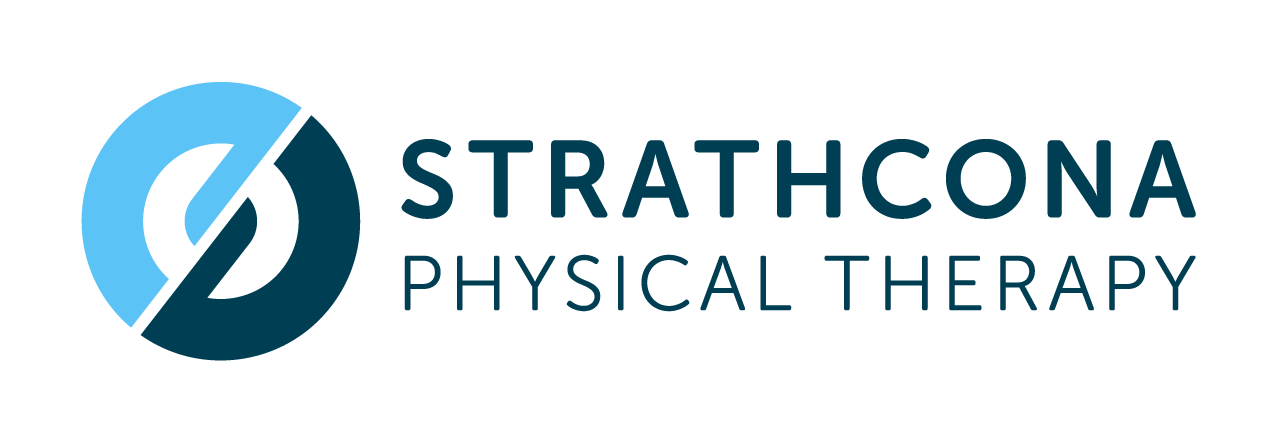A Specific Exercise to Empower your Lungs and Heart and Help you Prevent Severe Complications from Coronavirus
A new study published two days ago in Redox Biology provides evidence for a specific type of exercise that will boost your lung and heart health. This specific type of exercise (details below) leads to production of large amounts of an enzyme called EcSOD in your blood. EcSOD scavenges reactive oxygen species that are produced during severe lung diseases such as during Acute Resiporatory Disterss Syndrome (ARDS). Reactive oxygen species (ROS) are produced by increased inflammation and cell death when our lungs succumb to a severe infection. ARDS leads to death in the majority of patients with coronavirus infection.
Researchers compared three types of exercises: moderate cycling (up to 60% VO2 max), eccentric quadriceps training (20 sets of 10 repetitions) and high intensity interval bike training (85% VO2 Max, 4 min duration, 2 min rest, 10 repetitions). Participants’ plasma levels for the EcSOD levels were checked immediately, after 3 and 48 hours.
Among the exercises, only the high intensity interval training aerobic exercise led to over production of EcSOD in participants. These effects were produced both in short term and long term (after 48 hours). Below is a detailed description of the exercise that you can try at home:
85% V̇o2 (%MAX), correlates to about 90-94% of your maximum heart rate. You obtain your maximum heart rate by subtracting 220 from your age. For example, If you are 50 years old, your max heart rate is 170 bpm. So, if you are 50 years old, to perform an exercise session very similar to the one used in the experiment, you need to ride a stationary bike until you reach 153 bpm of heart rate, perform the exercise for the duration of 4 mins, rest for 2 mins and repeat that 10 times.
Most of us don’t have access to a reliable heart rate calculator. Another scale you can use is the BORG scale. Achieving a 17 out 20 in BORG Scale highly correlates to about 90% of your max heart rate. 17 in Borg scale is interpreted as “very hard": and it means that you can still go on with your exercise, but you really have to push yourself. It feels very heavy and you are very tired!
It’s important to note that the stationary bike is not required. You can achieve the same heart rate and intensity by skipping ropes, jumping jacks, stair climbing, treadmill running, hip hop dancing and the list goes.
It’s important that you consult with your physiotherapist or doctor if you have any presiding health conditions before trying this exercise at home. A physiotherapist will perform a thorough assessment of your health before developing an exercise program for your specific goals.
Limitations of the study: eccentric resistance exercise was performed without warm-up (unlikely in the real world), follow up was up to 48 hours (no long term follow up) and sample sizes were not very large.
In summary, if you perform an exercise session as outlined above, you are producing more of an enzyme that neutralizes free radicals in your blood, which in turn, helps with prevention of severe complications (ARDS) from a viral infection.
Neumann,
MScPT, BSc Biomedical Sciences, Min. Psychology
References
Wadley, A. J., Keane, G., Cullen, T., James, L., Vautrinot, J., Davies, M., ... & Petersen, S. V. (2019). Characterization of extracellular redox enzyme concentrations in response to exercise in humans. Journal of Applied Physiology, 127(3), 858-866.
Yan, Z., & Spaulding, H. R. (2020). Extracellular superoxide dismutase, a molecular transducer of health benefits of exercise. Redox Biology, 101508.

